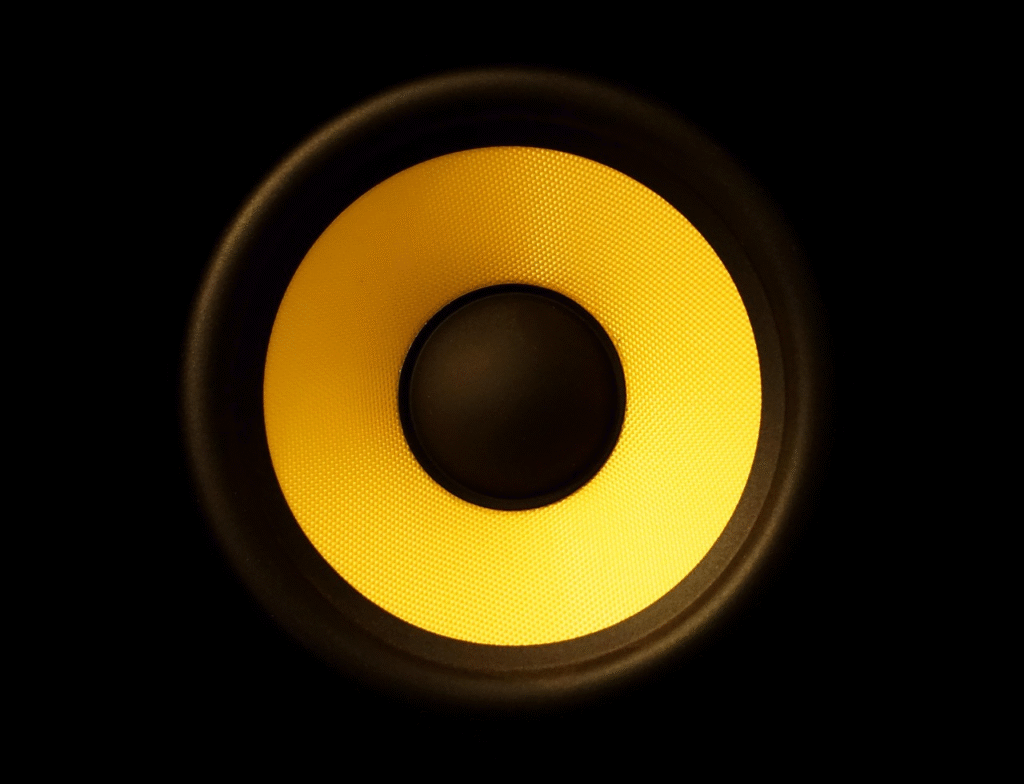In today’s fast-paced world, having a reliable speaker is essential for enjoying your favorite music, podcasts, or movies. However, when sound quality starts to falter or your speaker stops working altogether, it can be incredibly frustrating. You may find yourself wondering how to quickly and effectively fix my speaker and regain the audio experience you’ve been missing. Fortunately, with just a few simple steps, you can troubleshoot common issues and restore your speaker’s performance. So, let’s explore how to get you back to enjoying high-quality sound in no time.
Main Points
This article outlines 6 strong steps to help you resolve various speaker issues. You’ll learn how to address sound quality problems, mitigate connection difficulties, and adjust volume settings effectively. Each step aims to empower you in diagnosing and resolving issues like connectivity problems and Bluetooth difficulties. By following these guidelines, you’ll hopefully enhance your listening experience and ensure your speaker fulfills its intended purpose once more.

1. Diagnosing Common Speaker Issues: A Step-by-Step Approach
When encountering difficulties with audio output, addressing the problem promptly is crucial. The first step involves identifying whether the issue stems from your fix my speaker setup or a malfunction within the speakers themselves. Start by checking connections and ensuring that all cables are secure. Then, examine your device’s settings, as software can sometimes mute or alter sound output. Should these measures fail, consider testing the speakers with a different device. This methodical approach facilitates accurate diagnoses, ultimately guiding you toward solutions for “how to fix my speaker” effectively.
- Check Connections: Ensure all cables are properly connected.
- Device Settings: Verify sound settings on your device.
- Test on Another Device: Eliminate variables by trying speakers elsewhere.
2. Essential Tools and Materials for Speaker Repair
When embarking on the journey to fix my speaker issues, armed tools become your best allies. Basic tools include a screwdriver set, a multimeter, and a soldering iron. These instruments allow you to access the internal components and diagnose problems effectively. Furthermore, having replacement parts like wires, capacitors, and drivers on hand can significantly streamline the repair process. Remember that prioritizing quality ensures durability, helping to fix my speaker connection problems while maintaining optimal sound quality.
Tools Overview
| Tool | Purpose |
|---|---|
| Screwdriver Set | Open speaker casing |
| Multimeter | Check voltages and resistance |
| Soldering Iron | Replace or repair connections |
Ultimately, the right tools can make the difference between a simple fix and a complicated ordeal, especially when trying to fix my speaker volume inconsistencies. Thus, investing in quality tools is imperative for every speaker repair enthusiast.
3. Troubleshooting Sound Quality Problems: Identifying the Culprits
When it comes to sound quality issues, understanding the potential sources is essential. Many users unknowingly encounter problems stemming from their settings or connections. First, ensure your Bluetooth is correctly paired – a common oversight. Interference from other devices can also lead to frustrating audio dropouts. Moreover, check the speaker’s battery; low power can significantly affect output. If you’re still wondering how to fix my speaker, testing different devices might reveal where the fault lies.
4. Replacing Damaged Components: A Guide to Speaker Parts
When it comes to restoring audio brilliance, knowing how to fix my speaker is essential. Speakers may suffer from various issues, including blown drivers or damaged tweeters. Understanding these components allows for an effective repair. Here’s a quick guide to help you through the replacement process:
- Identifying the Problem: Assess the symptoms of your speaker to pinpoint the damaged part.
- Gathering Tools: Ensure you have the necessary tools, such as screwdrivers and soldering iron.
- Replacing Parts: Follow the manufacturer’s instructions closely to remove the damaged component and install the new one.
Remember, a careful approach can transform your sound experience. Don’t hesitate to seek professional help if you’re unsure, especially when looking to fix my speaker effectively.
5. Optimizing Speaker Placement for Enhanced Audio Performance
Achieving exceptional audio performance begins with fix my speaker placement. It’s crucial to position your speakers at ear level, ensuring a direct line of sound. Additionally, consider the distance from walls; too close can create muddiness, while too far may lead to weak audio presence. Experimenting with various layouts can uncover unexpected acoustical benefits. Don’t forget about room dimensions; they significantly influence sound characteristics. Thus, meticulous speaker placement can truly transform your listening experience.
6. Maintenance Tips to Prevent Future Speaker Problems
Maintaining your speakers is crucial to avoid unexpected issues. First, regularly inspect the fix my speaker connections to ensure they remain secure. Dust and debris can also accumulate, so gently clean the speaker grills and surfaces. Moreover, it’s wise to avoid high volumes for extended periods, as this can strain the components.
“Proper care today means better sound tomorrow.”
Keep an eye on environmental factors, such as humidity and heat. Because speakers are delicate, these elements can damage internal parts, leading to sound degradation.
Frequently Asked Questions
What are common reasons my speaker is not working?
Common reasons include loose connections, dead batteries, software issues, or physical damage to the speaker.
How can I determine if my speaker is truly broken?
You can test the speaker with another device or use a different speaker with the same device to see if the issue persists.
What should I check if my Bluetooth speaker won’t connect to my device?
Ensure that Bluetooth is enabled on both devices, check the distance between them, and make sure the speaker is in pairing mode.
Can I fix a crack in my speaker cone?
Yes, you can use adhesive or tape to temporarily fix small cracks, but it is often best to replace the cone for a permanent solution.
How often should I clean my speakers?
You should clean your speakers regularly, ideally every few months, to remove dust and debris that can affect sound quality.